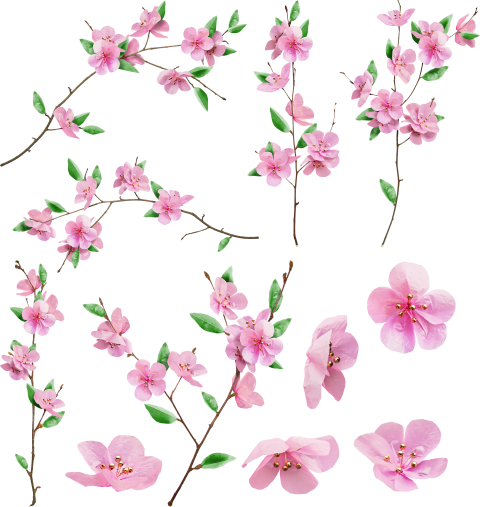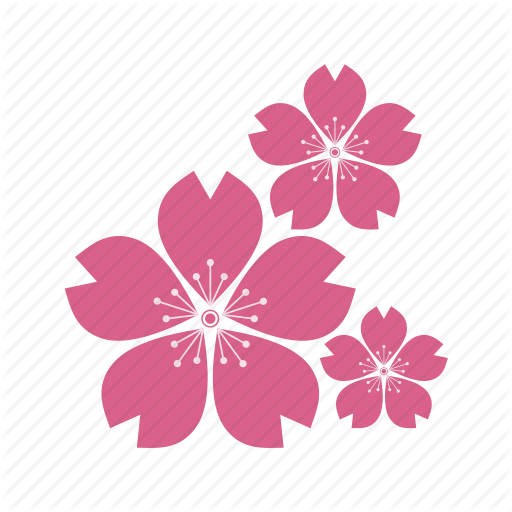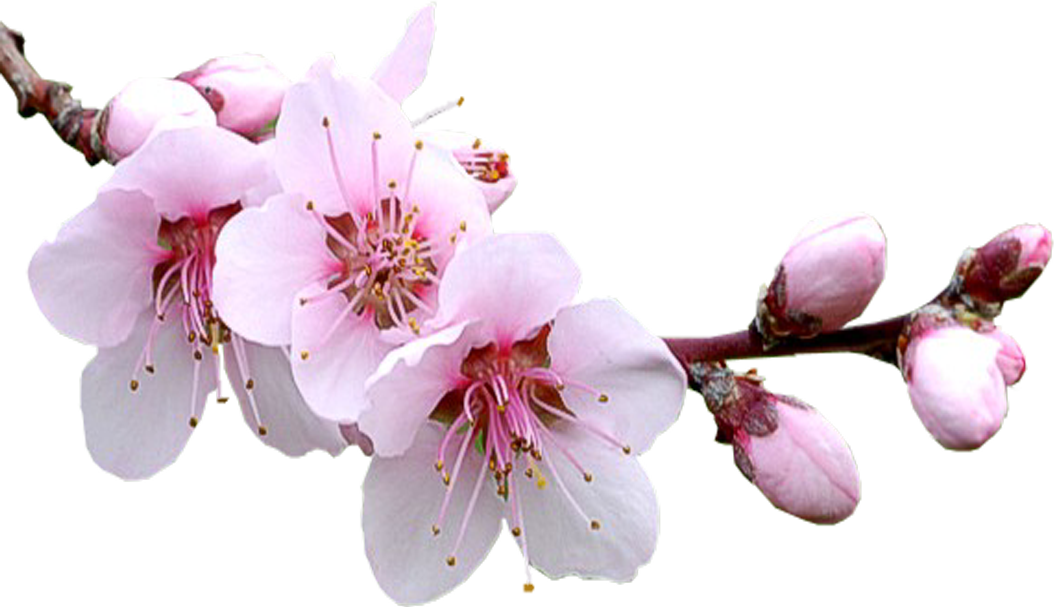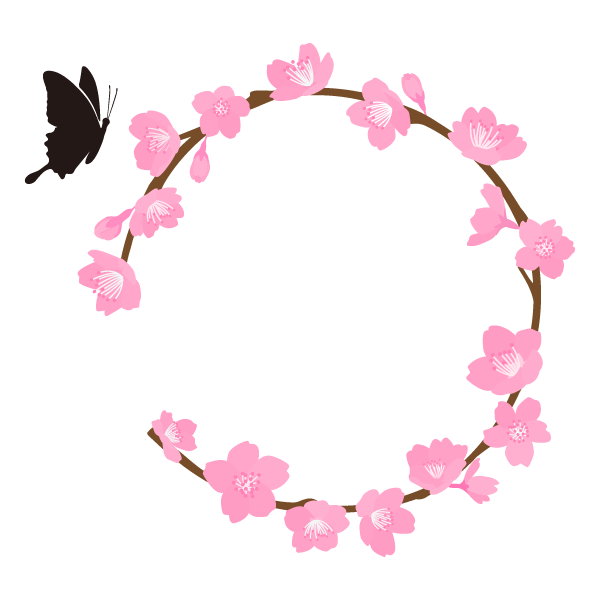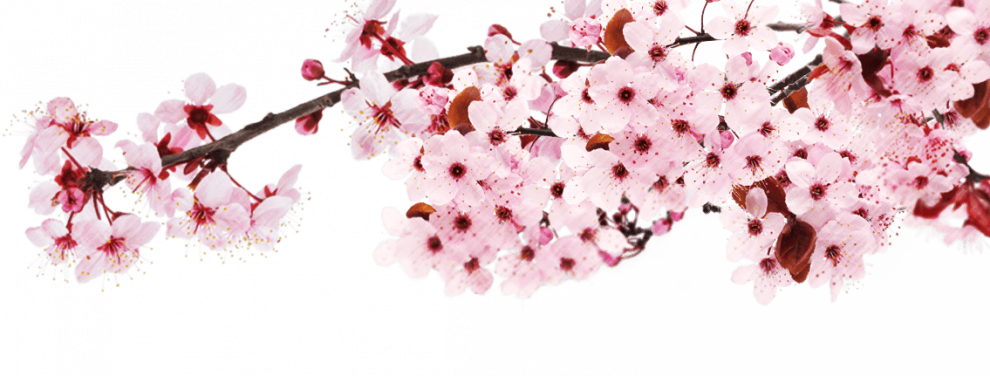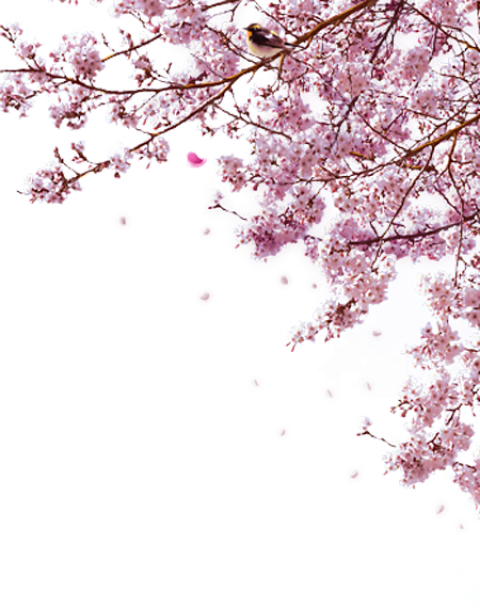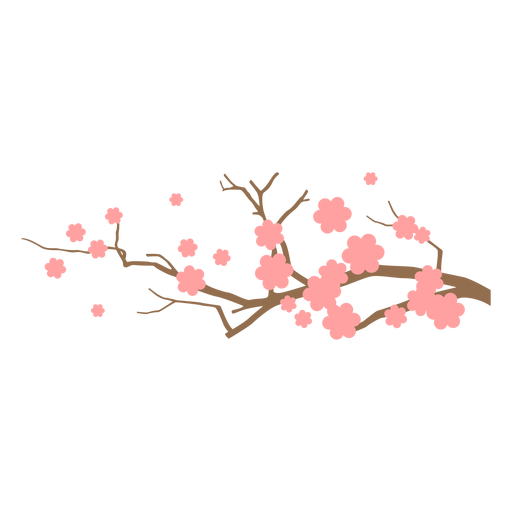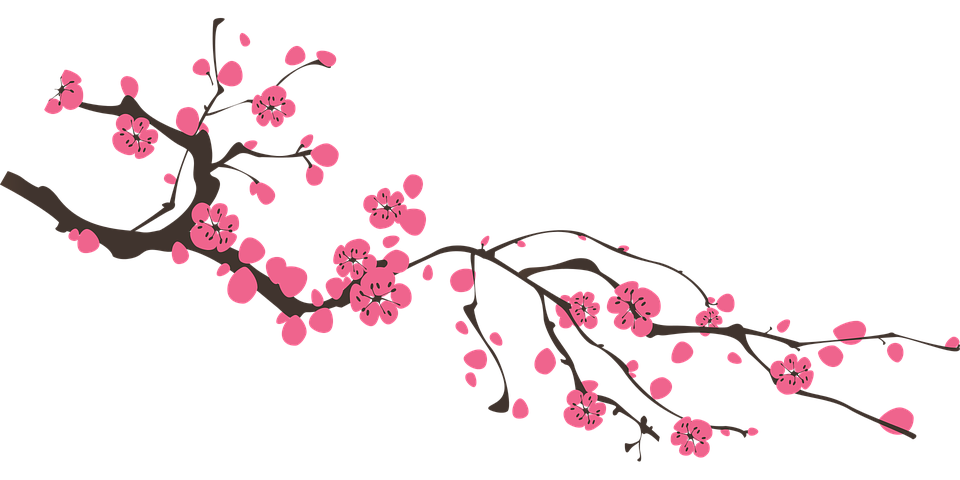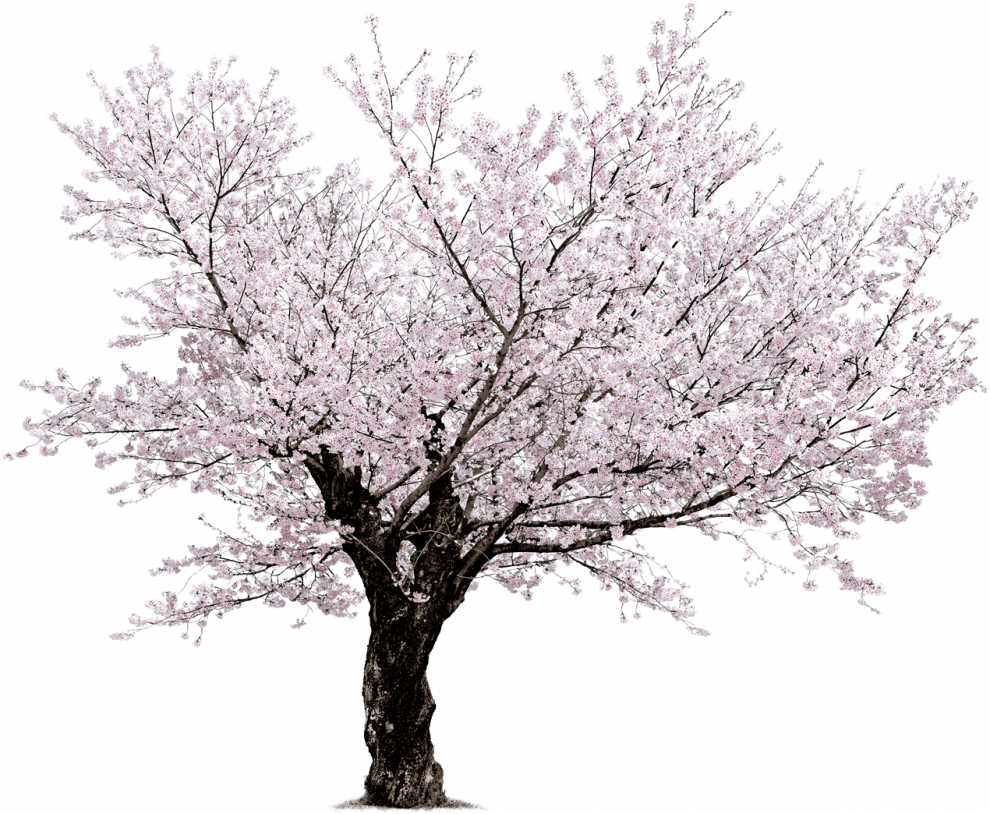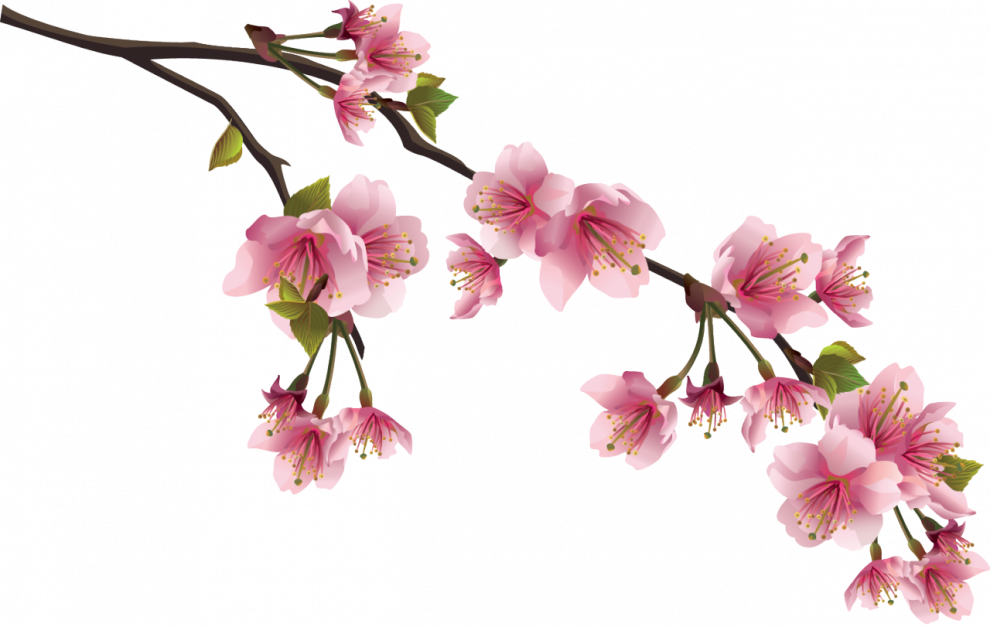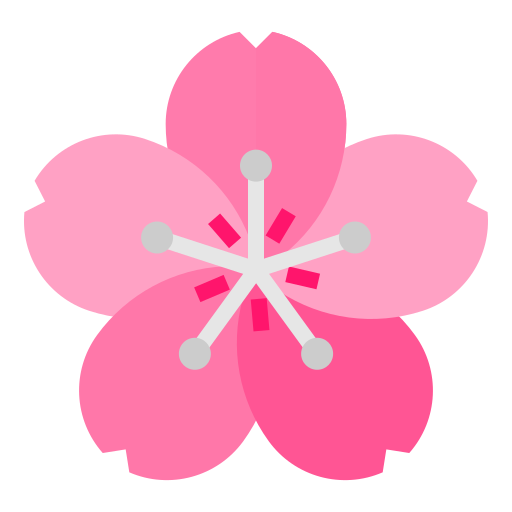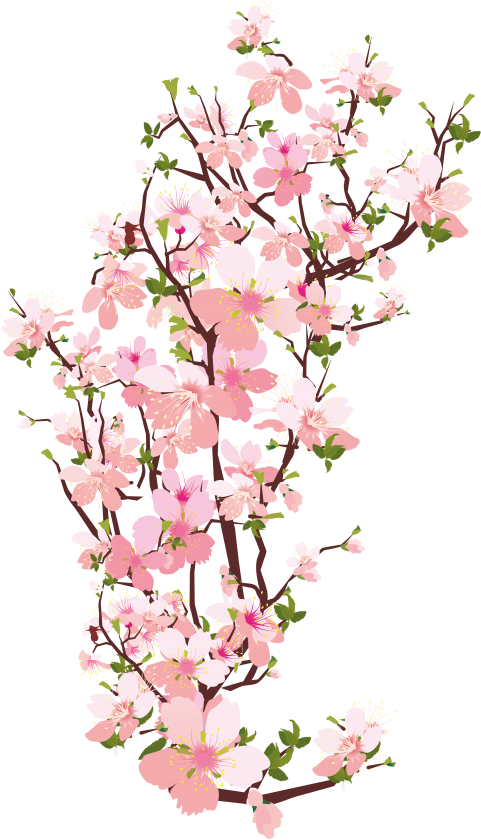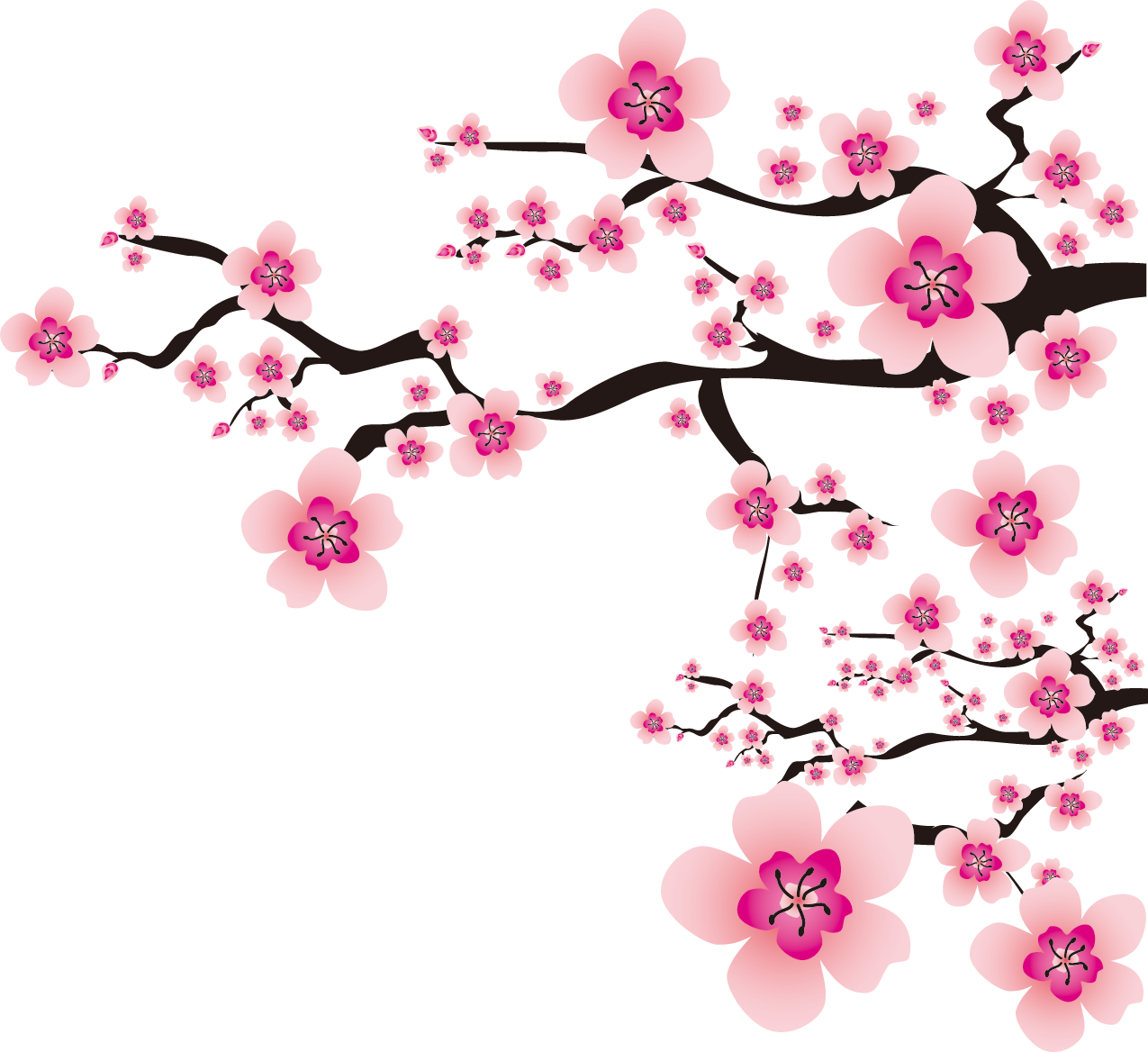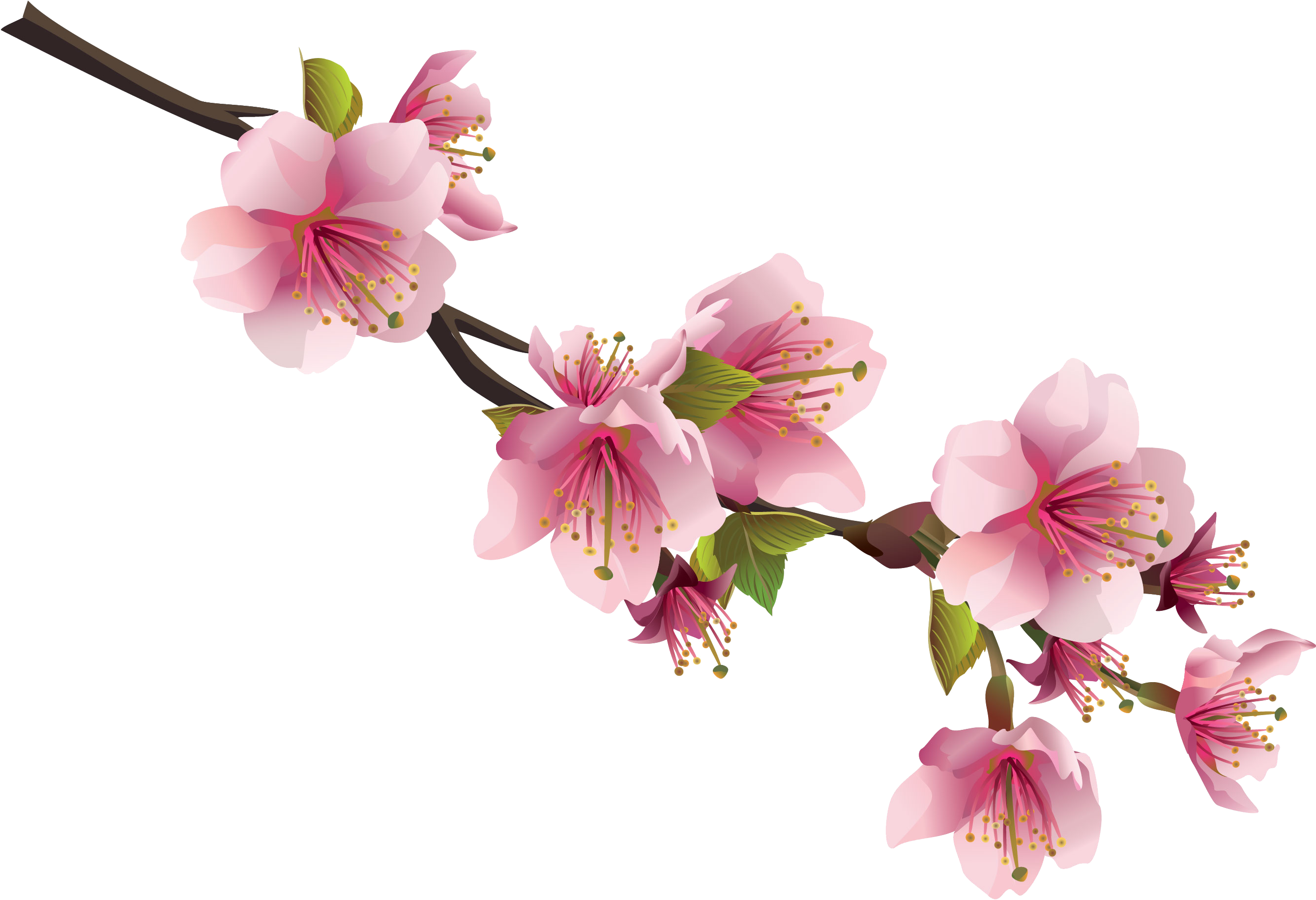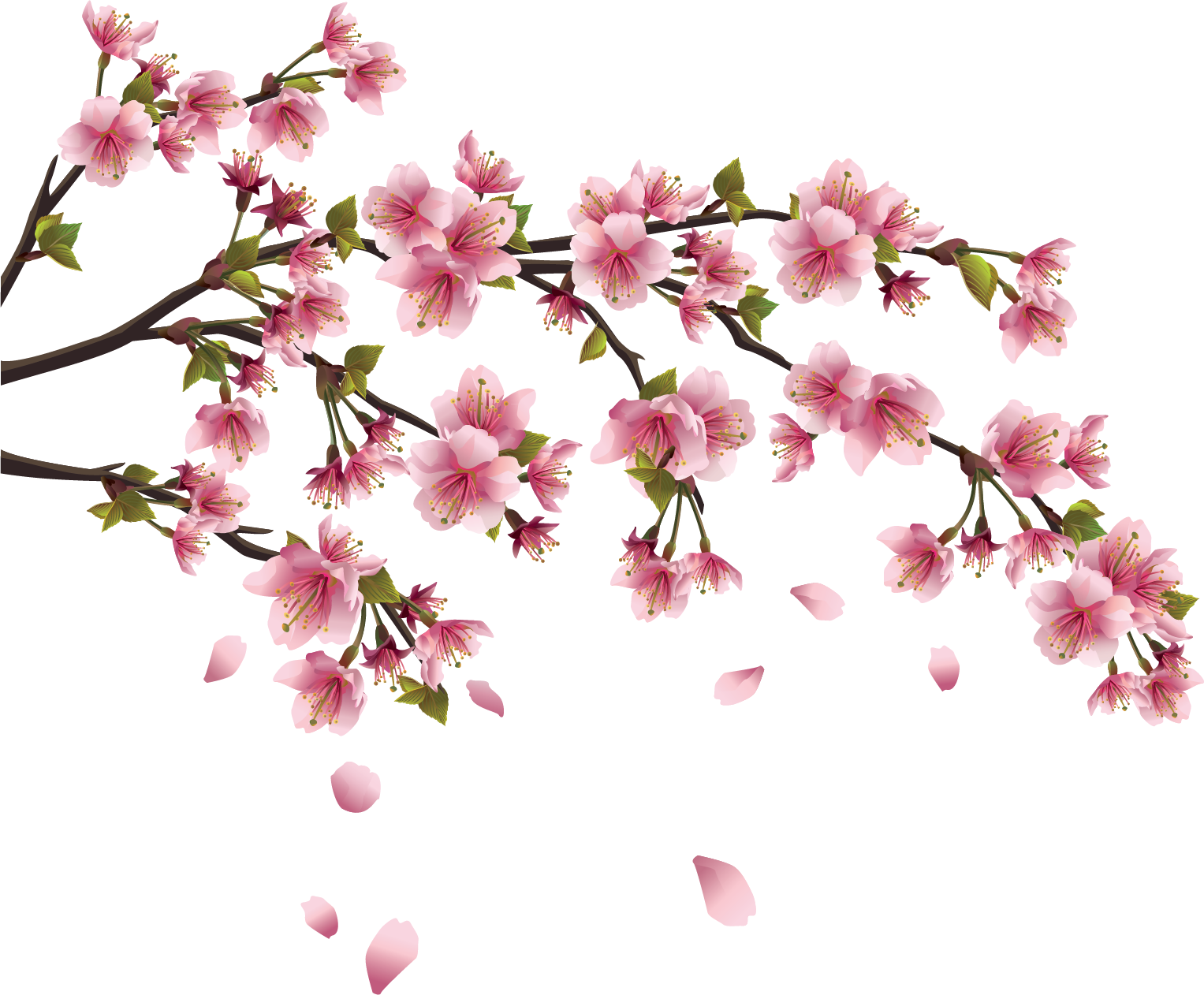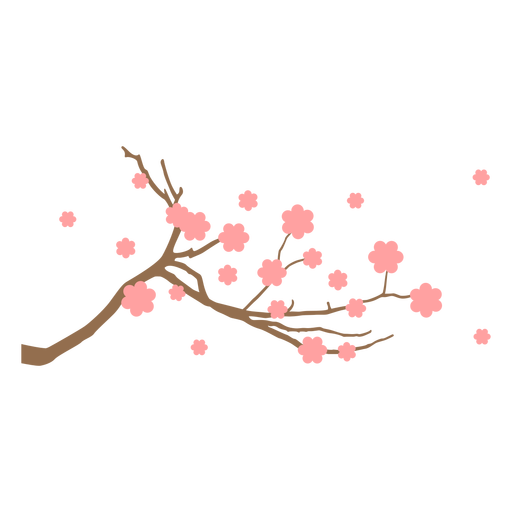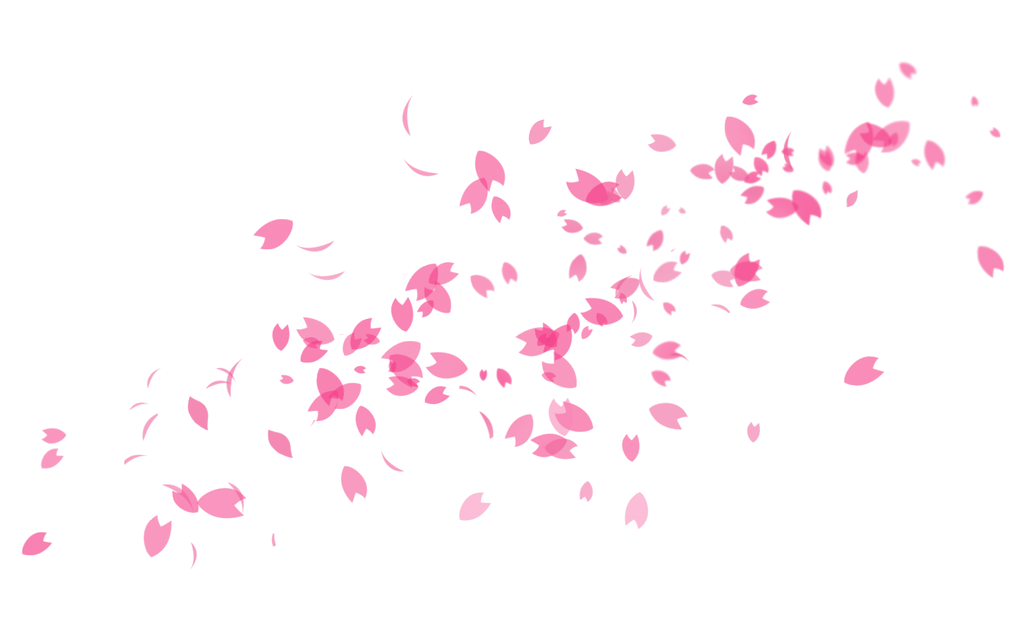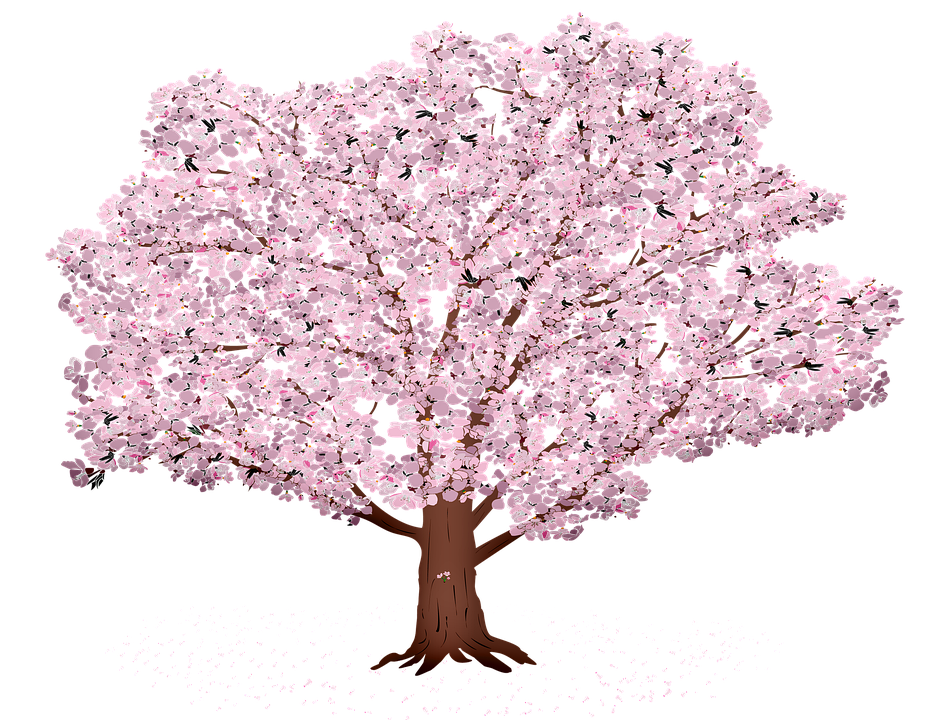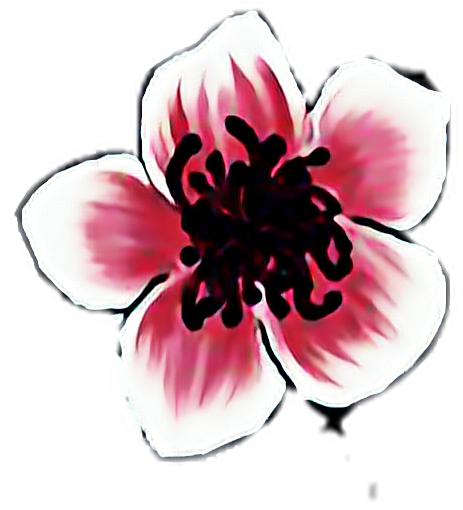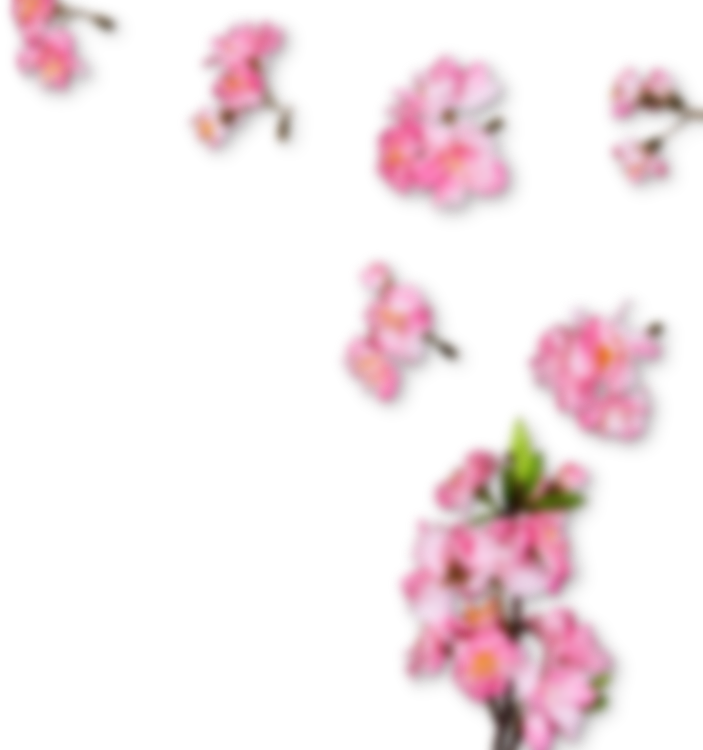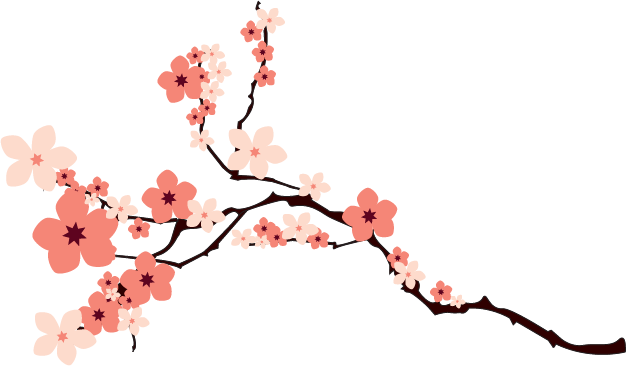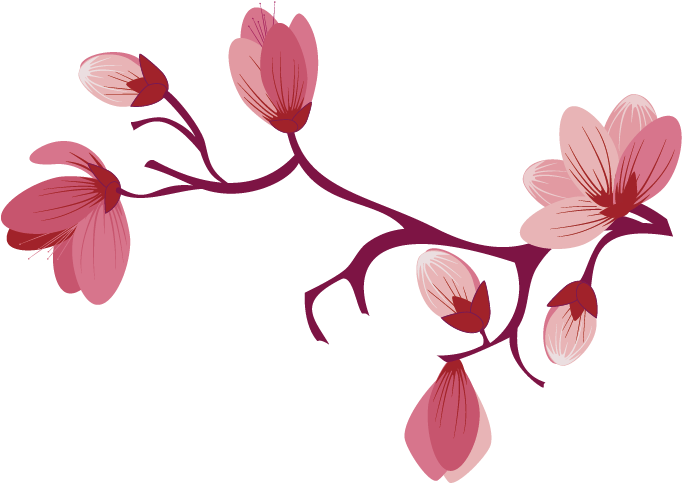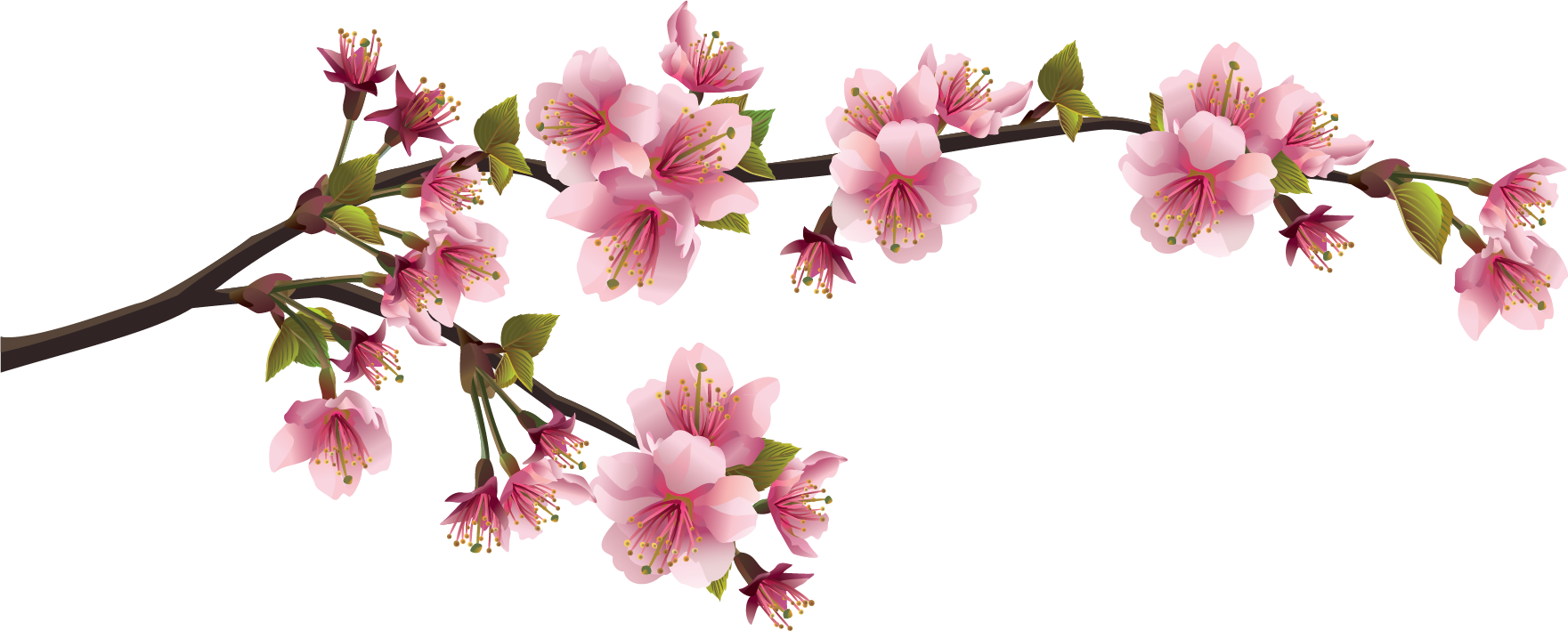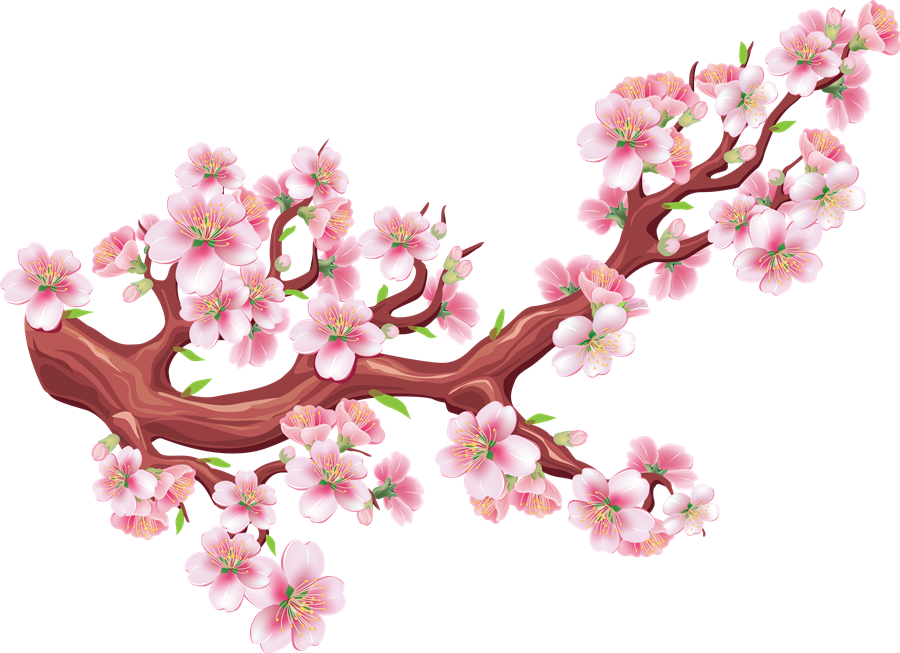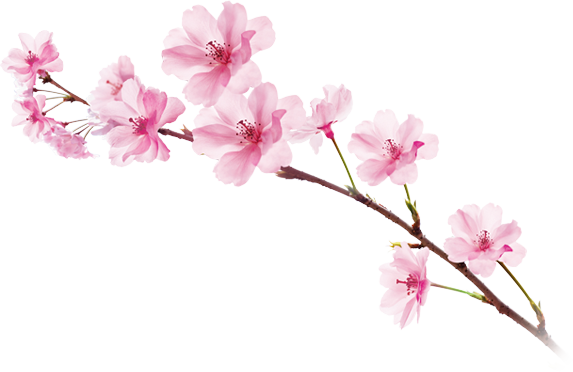Download top and best high-quality free Sakura PNG Transparent Images backgrounds available in various sizes. To view the full PNG size resolution click on any of the below image thumbnail.
License Info: Creative Commons 4.0 BY-NC
Cherry blossoms, often known as Japanese cherry or Sakura, are the flowers of various Prunus or Prunus subg. Cerasus trees. They’re also a prevalent species in East Asia, particularly in China, Korea, and Japan. They usually refer to decorative cherry trees, which should not be confused with cherry trees that bear edible fruit. It is considered Japan’s national flower.
Cherry tree species in the wild are mostly found in the Northern Hemisphere. Cherry trees for decorative purposes are classified in the genus Prunus, which has roughly 400 species in Europe and North America, according to the mainstream classification. Ornamental cherry trees, on the other hand, are classified in the genus Cerasus, which has roughly 100 species split from the genus Prunus, and does not contain Prunus salicina, Prunus persica (Peach), Prunus mume, and Prunus grayana, among others. However, there were few wild cherry trees in Europe and North America with huge blossoms appropriate for cherry blossom viewing.
Many of them were unlike the conventional cherry tree forms and blooms that people currently associate with cherry blossom viewing. There has been a tradition of viewing plum blossoms in mainland China since ancient times, and there were many wild cherry blossom species, but many of them had small flowers, and the distribution area of wild cherry blossom species that bore large flowers suitable for hanami was often limited to a small area away from people’s living areas. In Japan, however, Prunus speciosa (Oshima cherry) and Prunus jamasakura (Yamazakura), which bloom huge blossoms appropriate for cherry blossom viewing and grow to be large trees, were found across the country and near to people’s homes. As a result, it is thought that the culture of watching cherry blossoms and cultivar production originated historically in Japan.
Many of the cherry trees that are now being appreciated for cherry blossom viewing are cultivars rather than wild species. Because cherry trees have a changeable feature, several varieties for cherry blossom viewing have been developed, particularly in Japan. Since the Heian period, the Japanese have created numerous cultivars by choosing better or mutant individuals from natural or artificial cross-breedings of wild cherry trees, and then breeding them by grafting and cutting. Because of its favorable characteristics, Oshima cherry, Yamazakura, Prunus pendula f.ascendens (syn, Prunus itosakura, Edo higan), and others that grow naturally in Japan are easy to mutate, and especially Oshima cherry, which is an endemic species in Japan, tends to mutate into double-flowered, grow fast, have many large flowers, and have a strong fragrance; therefore Yoshino cherry and Kanzan are two typical cultivars whose parent species is Oshima cherry; Yoshino cherries are widely planted in Asian nations, while Kanzan is widely planted in Western countries.
Collingwood Ingram, an Englishman, gathered and researched Japanese cherry blossoms in Europe from the late 19th century to the early 20th century, creating numerous attractive varieties, and the cherry blossom watching culture began to expand. Cherry blossom gazing became popular in the United States when Japan gave cherry blossoms as a gesture of friendship in 1912.
Download Sakura PNG images transparent gallery
- Sakura Cherry Blossom PNG Photos
Resolution: 480 × 507
Size: 206 KB
Image Format: .png
Download
- Sakura Japan
Resolution: 512 × 512
Size: 43 KB
Image Format: .png
Download
- Sakura Japan PNG
Resolution: 1054 × 607
Size: 499 KB
Image Format: .png
Download
- Sakura Japan PNG Pic
Resolution: 600 × 600
Size: 51 KB
Image Format: .png
Download
- Sakura Japan PNG File
Resolution: 990 × 376
Size: 590 KB
Image Format: .png
Download
- Sakura Japan PNG Image
Resolution: 480 × 608
Size: 390 KB
Image Format: .png
Download
- Sakura
Resolution: 768 × 564
Size: 45 KB
Image Format: .png
Download
- Sakura PNG
Resolution: 512 × 512
Size: 42 KB
Image Format: .png
Download
- Sakura PNG Pic
Resolution: 960 × 480
Size: 170 KB
Image Format: .png
Download
- Sakura PNG File
Resolution: 990 × 814
Size: 1433 KB
Image Format: .png
Download
- Sakura PNG Image
Resolution: 990 × 627
Size: 457 KB
Image Format: .png
Download
- Sakura PNG Photo
Resolution: 512 × 512
Size: 26 KB
Image Format: .png
Download
- Sakura PNG Cutout
Resolution: 481 × 840
Size: 300 KB
Image Format: .png
Download
- Sakura PNG Images
Resolution: 1275 × 1168
Size: 477 KB
Image Format: .png
Download
- Sakura PNG Photos
Resolution: 2677 × 1830
Size: 1499 KB
Image Format: .png
Download
- Sakura Transparent
Resolution: 1527 × 1262
Size: 906 KB
Image Format: .png
Download
- Sakura PNG Clipart
Resolution: 512 × 512
Size: 41 KB
Image Format: .png
Download
- Sakura PNG Picture
Resolution: 1024 × 640
Size: 146 KB
Image Format: .png
Download
- Sakura Cherry Blossom
Resolution: 931 × 720
Size: 1084 KB
Image Format: .png
Download
- Sakura Cherry Blossom PNG
Resolution: 463 × 510
Size: 353 KB
Image Format: .png
Download
- Sakura Cherry Blossom PNG Pic
Resolution: 703 × 750
Size: 277 KB
Image Format: .png
Download
- Sakura Cherry Blossom PNG File
Resolution: 626 × 366
Size: 28 KB
Image Format: .png
Download
- Sakura Cherry Blossom PNG Image
Resolution: 682 × 483
Size: 41 KB
Image Format: .png
Download
- Sakura Cherry Blossom PNG Photo
Resolution: 1761 × 709
Size: 537 KB
Image Format: .png
Download
- Sakura Cherry Blossom PNG Cutout
Resolution: 900 × 653
Size: 537 KB
Image Format: .png
Download
- Sakura Cherry Blossom PNG Images
Resolution: 573 × 372
Size: 141 KB
Image Format: .png
Download
